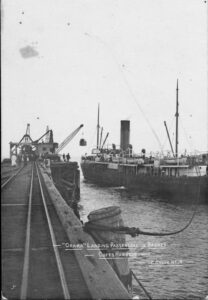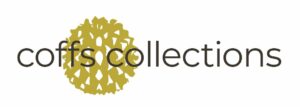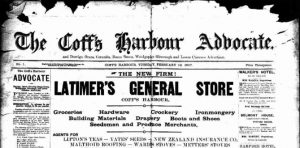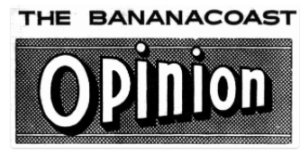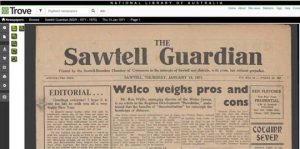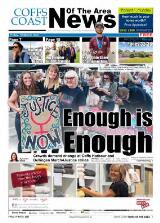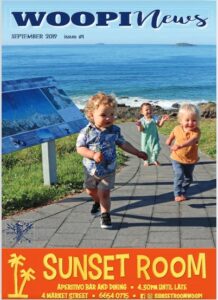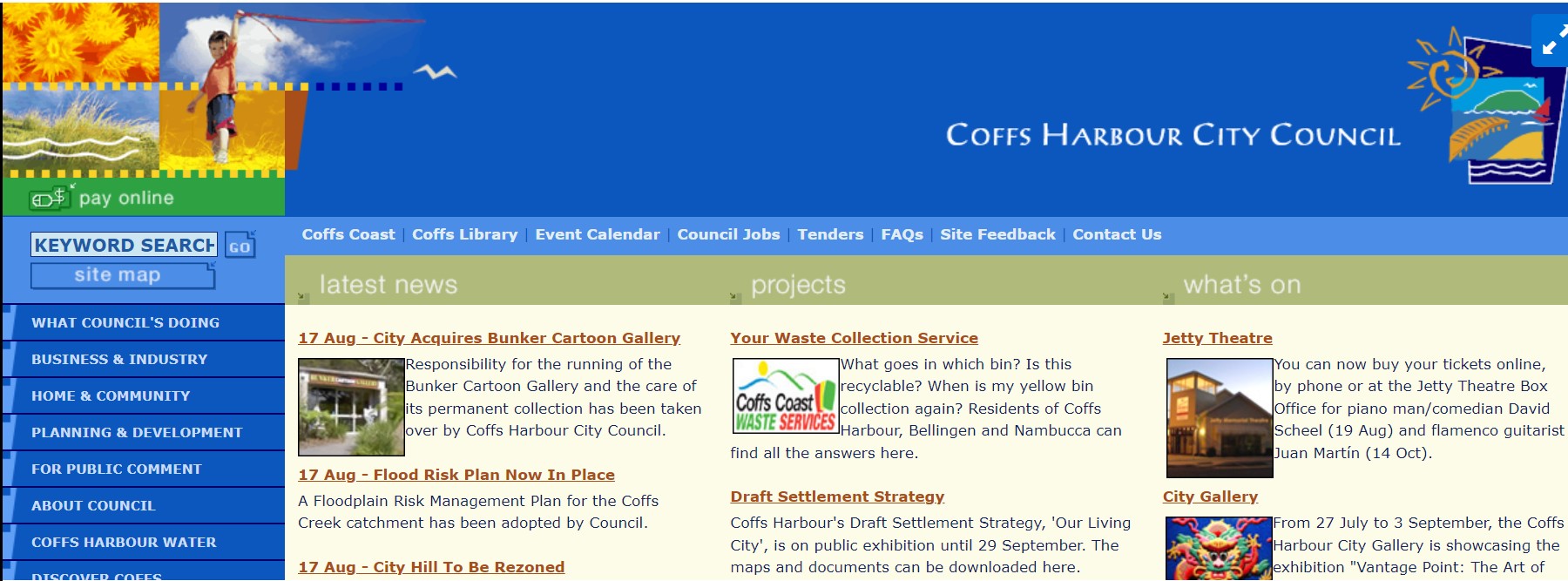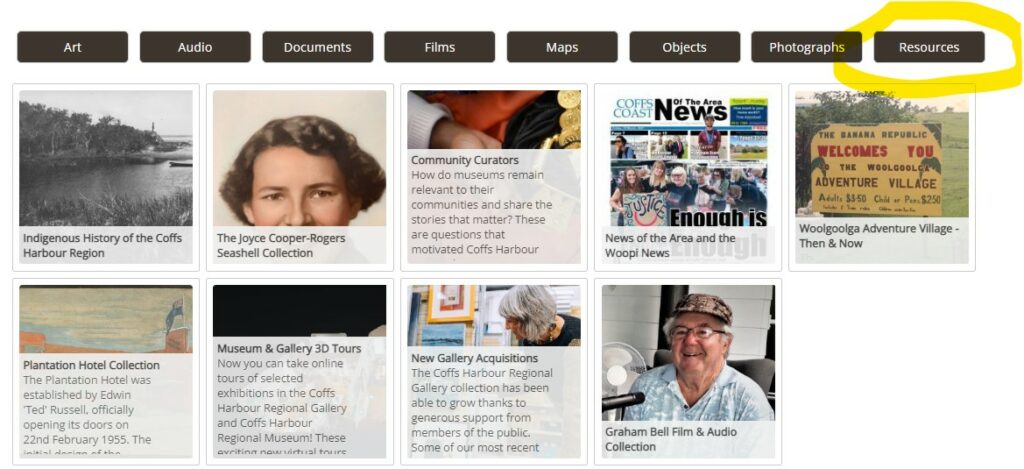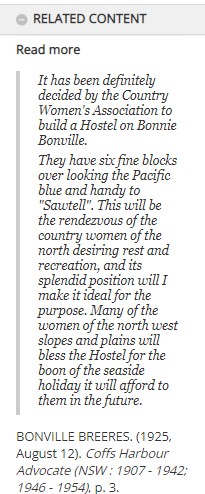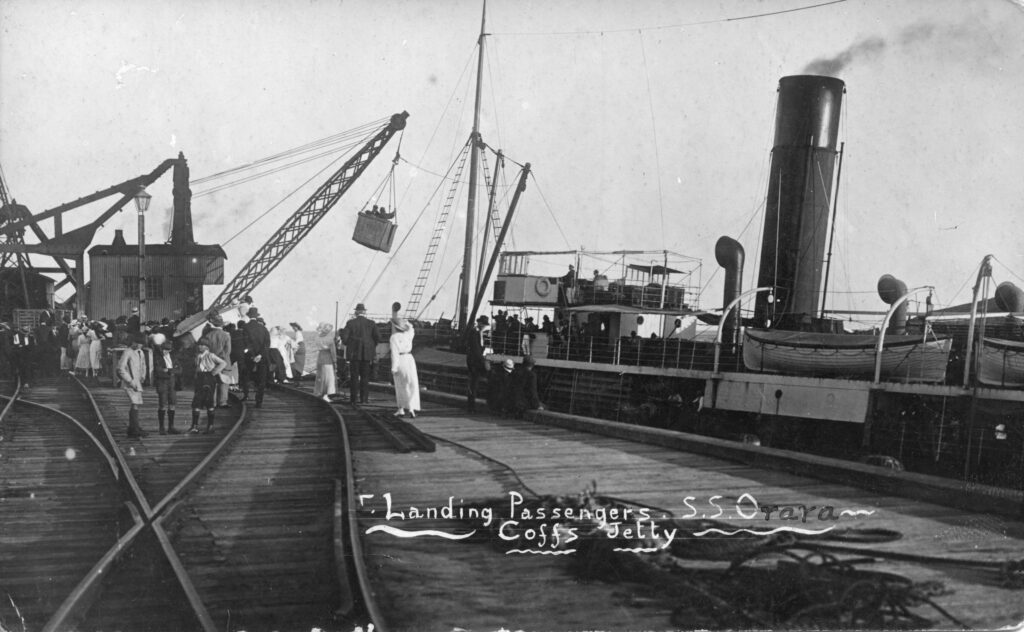
A poem, by Rosemary Nisted
Once upon a time Coffs Harbour Jetty had a track. It bore a little crane that trundled out and trundled back. When little ships came sailing to Coffs from Sydney town The crane was used in every case to set the cargo down. It carried food and barrels and drums tied in a net, Though for transferring humans they'd thought of nothing yet. It swung cattle though, and horses, suspended in a sling. It carried pigs and sheep I'm told, and every living thing, And in return it loaded ships with timber tied with chain. But that people could not go that way was obviously plain. Yes. Humans were a problem. They were fussy as could be, They feared the nets and slings and chains might drop them in the sea. (though most young men and children thought the sling might be good fun,the ladies knew to travel thus was simply never done.) Until one day a weaver cried 'I have a bright idea I'll weave a sturdy basket, it will work well, never fear.' And so he did. And so it did. And all were happy as you please To be picked up and swung across the gap of raging seas. So then each Sunday afternoon folk came from far and wide To see the doughty travellers taking their basket ride. The crane, to give the kids a thrill, was friendly as could be. It would put them in a basket and dip them in the sea. The lighthouse keepers too were glad to see that basket come, For food and fuel and visitors from ship to shore were slung. Spare parts and books and cleaning cloths, and tools and boots and more, Swung in that sturdy basket across the rocky shore. And so it was through two world wars, through fifty years no less, The basket swung both to and fro. It was a great success. Until at last, the travellers used cars, and rail and plane, And put an end to steamer ships - they never came again.
Written in August 2000; published in the Coffs Coast Advocate, 6 March 2001, p.12
